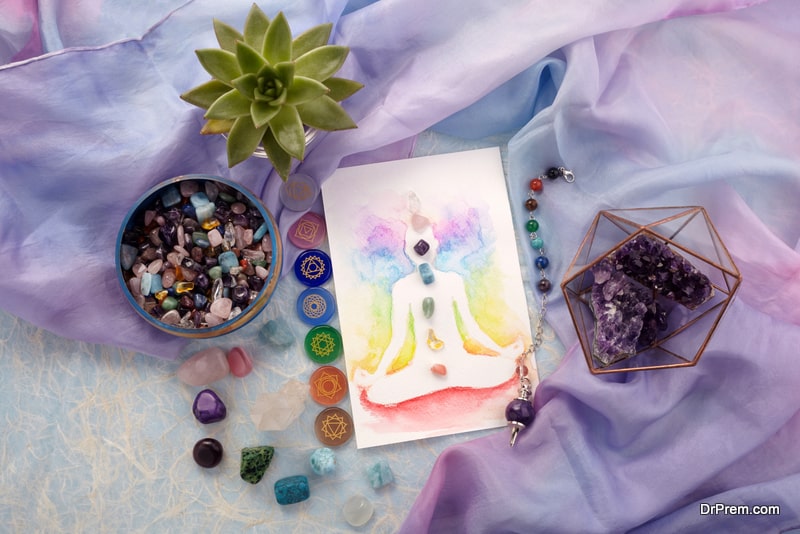Sciatica can be a painful experience for some, especially when the affected ones try to stand or walk. The obtrusive condition results from inflammation of our spinal nerves, whose baleful effect can stretch from our lower back to leg and even foot. However, as always, there are some Yoga poses that can be specifically beneficial for preventing and more importantly providing relief from Sciatica.
1. Extended Side Angle
Also known as Utthita Parsvakonasana, this standing pose requires you to move your left foot and put it at an angle (preferably 45 degrees) to the ground. The right foot should be taken forward, so that your knee is aligned vertically to your ankle. Now, the arms need to be kept in a relaxed T position. Then you have to rest your right arm upon your right knees, and swing your left arm overhead at the angle. This angle should be determined by the linear alignment of your left hand fingers extending right up to your left ankles.
2. Torso Twist
Also known as Bharadvajasana, this posture requires you firmly sit sideways in a chair, with the right side of your upper torso supported along the chair’s back. For additional support you can keep your arms rested upon the chair’s edges. Now, you need to push the right side of the chair’s back away from you (while the left side being pulled towards you). Finally, you need to go into an exhaling pattern during this rotational motion, while the pose is kept for around 30 seconds.
3. Bridge Pose
Also known as Setubandha Sarvangasana, this is an inverse position which flexes and massages your thyroid gland. For the pose, you require to lie on your back with your knees bent and feet slightly apart. Then you need to reach your heels with your fingertips. Finally, when this is achieved, you have to raise your hips from the ground by pressing through your knees and heels. During this posture, you need to take your arms up and keep them grounded below the gluteus. After this you need to roll your shoulder blades for around 45 seconds.
4. Downward Dog Pose
Also known as Adhomukha Svanasana, this complete downward facing position requires you to put your knees below the thigh region (with your heels resting on the floor), while you stretch your arms forward (with the palms resting on the floor). Now, you move up your knees along with lifting up your tailbone, while your heels press more on the ground. This exercise helps in strengthening your legs and also makes your hamstring and calves more flexible.
5. Relaxation Pose
Also known as Savasana, this is perhaps the most important pose for relaxation, as it works as the tranquilly meditative finale to your previous exercising sessions. For the posture, you need to firmly lie down on your back, with your feet around 0.3 m apart. You have to keep your palms open and facing to the ceiling, while your shoulder blades are aligned towards your spine. Finally, you need to inhale and exhale slowly, until your body enters the stage of total repose.








